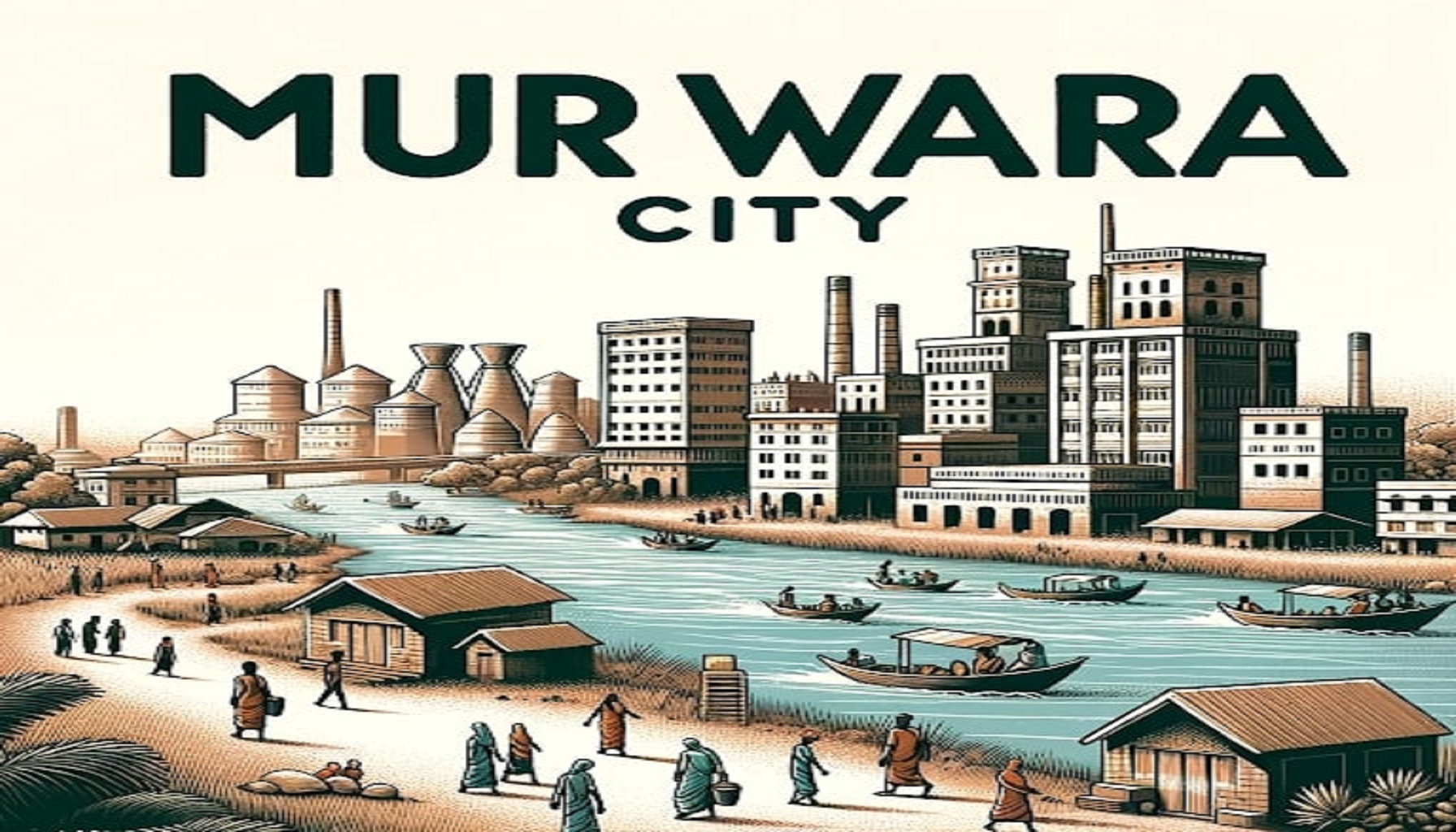
Introduction to Murwara City
Murwara, also known by its other name, Katni, is a city with a story in the heart of India. It sits in Madhya Pradesh, a state known for its rich history and vibrant culture. Imagine a city nestled in a basin, with the Katni River flowing through it like a ribbon of life. This is Murwara, a place where the past and present meet.
Historical Background
The story of Murwara starts with a family—a wealthy Brahman family that once owned the land. The city’s name, Murwara, comes from a tale of bravery and battle. It means ‘head’ in the local language, marking the spot where an ancestor of this family fought valiantly until he lost his head in combat. This story is not just a tale; it’s a piece of Murwara’s identity.
Murwara’s Municipal Development
In 1874, Murwara took a significant step. It became a municipality, a place with its own local government. This change was like a seed planted that would grow the city’s roots deep into the future. Since then, Murwara has been on a journey of growth and development, shaping its own destiny.
Economic and Industrial Landscape
Murwara isn’t just a city with a great past; it’s a hub of hustle and bustle. It’s where trains chug along, connecting people and goods, making it an important rail junction. The city buzzes with the sound of mills turning rice and wheat into flour and the processing of fuller’s-earth, a clay that cleans and absorbs. These industries are the city’s heartbeat, pumping life and jobs into Murwara.
Natural Resources
Murwara is also a treasure chest of natural resources. Just a stone’s throw away, you’ll find mines teeming with bauxite and limestone—rocks that may not sparkle like diamonds but are just as valuable. They’re used in everything from making aluminum to building homes.
|
Resource |
Description |
Importance |
|
Bauxite |
A reddish-brown rock, found in the nearby mines. |
Bauxite is crucial because it’s the main source of aluminum, a metal we use every day. |
|
Limestone |
A sedimentary rock, also abundant in the area. |
Limestone is a big deal because it’s used in construction and manufacturing, making it a cornerstone of the local economy. |
Murwara’s story is one of heritage, progress, and natural wealth. It’s a city that remembers its past while building its future. And as we turn the page to the next chapter, we’ll see how this city continues to grow and thrive.
Population Insights
Murwara is like a growing family, getting bigger and more diverse every year. In 2001, the city had about 187,029 people calling it home. Fast forward to 2011, and that number jumped to 221,883. That’s a lot of new friends and neighbors! This growth isn’t just numbers; it’s a sign of a city on the move, attracting people with its charm and opportunities.
Education in Murwara
Education is the key to the future, and Murwara holds this key with pride. The city boasts an industrial school that’s more than just a building with classrooms. It’s a place where young minds are shaped, skills are honed, and dreams are crafted. This school is not just about books and exams; it’s about preparing the youth of Murwara to build a brighter tomorrow.
Murwara’s Cultural and Social Aspects
Culture in Murwara is a colorful tapestry woven from its history and people. The city reflects the traditions of the Brahman family that once ruled here, and these traditions still touch the lives of Murwara’s residents. Festivals, food, music, and stories – they all paint a picture of a community rich in culture and social connections.
Infrastructure and Transportation
Getting around in Murwara is a breeze, thanks to its solid infrastructure. The city’s rail network is its lifeline, connecting it to the rest of India like veins connect to the heart. Whether it’s people commuting to work or goods being shipped to markets, the trains ensure Murwara stays on the fast track to progress.
Murwara Today
Today, Murwara is not just a dot on the map; it’s a bustling city with its eyes on the horizon. It’s a place where the past is honored, the present is lived with zest, and the future is shaped with hope and hard work. Murwara is a city that’s ready for tomorrow, with all its challenges and opportunities.
|
Aspect |
Description |
Significance |
|
Population Growth |
From 187,029 in 2001 to 221,883 in 2011. |
This growth shows Murwara’s ability to attract and sustain a growing population, indicating a thriving city. |
|
Education |
Home to an industrial school that nurtures young talent. |
Education is the cornerstone of development, and Murwara’s focus on learning promises a bright future for its youth. |
|
Culture |
A blend of historical traditions and modern vibrancy. |
Culture is the soul of Murwara, bringing people together and creating a strong community bond. |
|
Transportation |
A robust rail network facilitating movement and trade. |
Efficient transportation is crucial for economic growth, making Murwara a key player in the region’s development. |
Murwara is a city with a heartbeat, a rhythm that’s composed of its people, culture, and the promise of a better tomorrow. It’s a place where every day is a new opportunity to learn, to connect, and to grow. As we look at Murwara, we see not just a city but a community ready to take on the world.
FAQs
Banks(1) of Murwara City
| Bank name | IFSC code | Address | District | State |
|---|---|---|---|---|
| State Bank of India | SBIN0030278 | IN FRONT OF TRAFFIC POLICE STATION,KIRHANI FATAK,BARHI ROAD | Katni | MADHYA PRADESH |